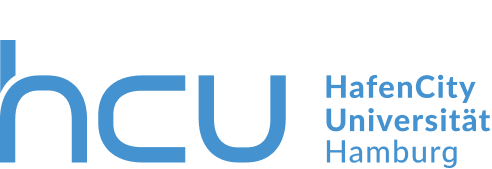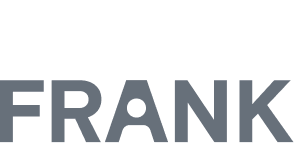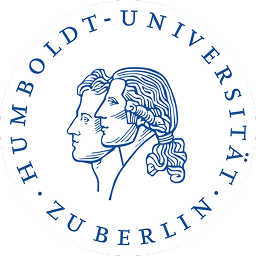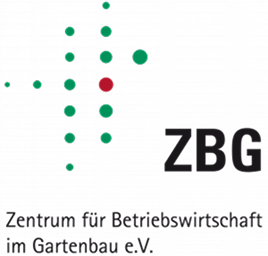The Innovationsareal Öjendorf (IÖ) is a future space for urban agriculture. Here, we develop and test new approaches for integrating agricultural uses into the design of multifunctional urban green spaces, which combines innovative forms of urban agriculture with information, participation and educational offerings for the urban population and simultaneously fulfills a recreational function through the park.
In close collaboration between the research team and practitioners in the urban landscape, and in exchange with stakeholders from administration, associations, the real estate industry, and the neighborhood, we are establishing a small-scale, biodiverse, and communally organized test and demonstration field for innovative forms of agricultural production on 2.85 hectares. At the same time, we are designing scenarios for the long-term development, establishment and design of this section of the Green Corridor Horner Geest in conjunction with the planned New Garden City Öjendorf. The aim of the project is to establish innovative forms of urban agriculture in urban areas, enabling a stronger presence and awareness of agriculture and promoting direct interaction between city dwellers and professional agricultural stakeholders.
The Innovationsareal is being created as part of an application-oriented research project that is funded by agricultural funding from the Hamburg Ministry of the Environment, Climate, Energy and Agriculture (BUKEA) over a period of three years (2024-2026).
Our research project addresses a key challenge for the urban future: How can a new type of public space be created that combines productive agriculture with social and ecological use?
Where is the Innovationsareal Öjendorf Located?
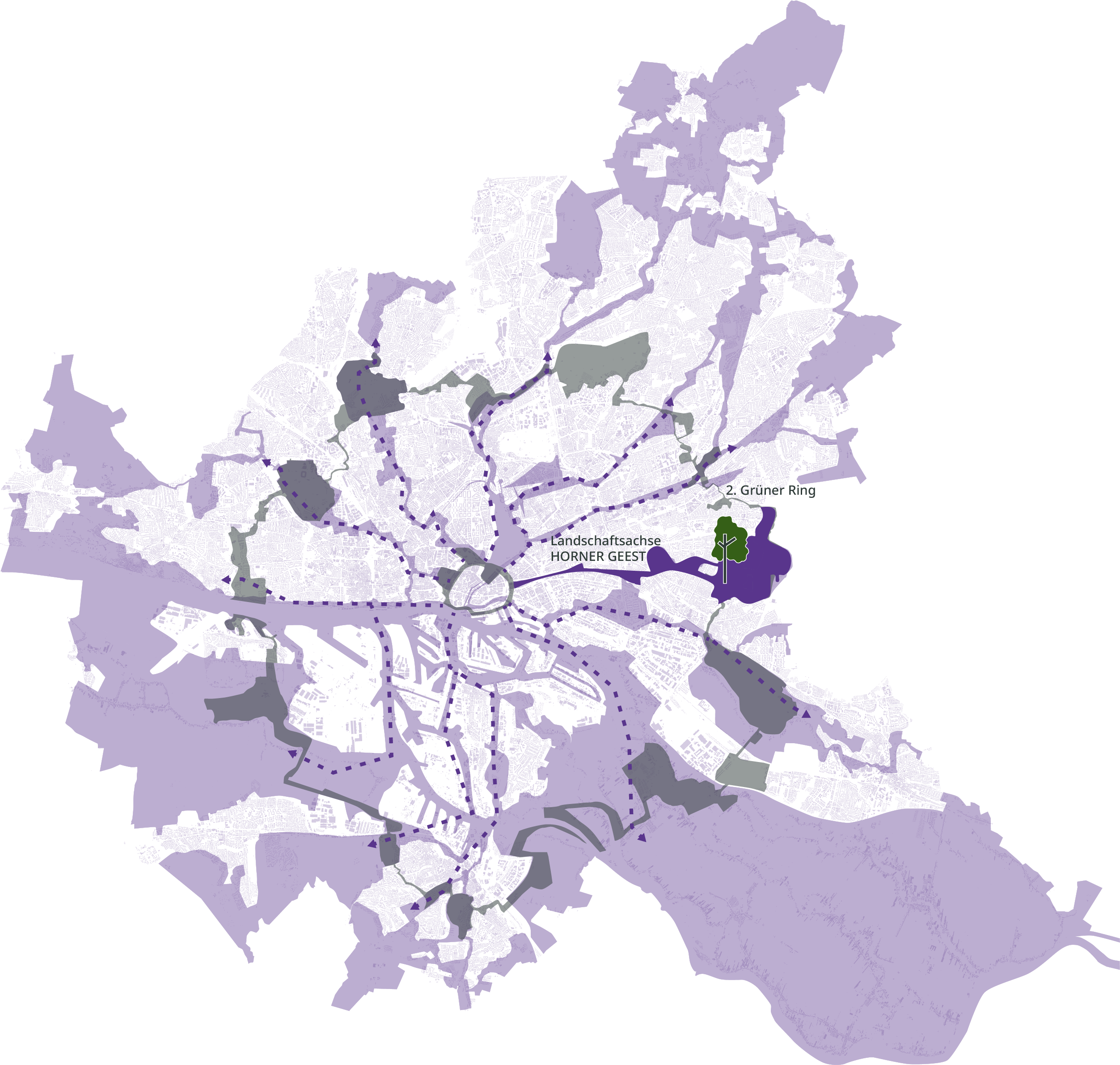
In the midst of greenery, on Hamburg’s eastern edge, a pioneering model project is taking shape: the Innovationsareal Öjendorf. As part of the planned New Garden City Öjendorf, a productive landscape is to be created on around 16 hectares of public green space along the Green Corridor Horner Geest – combining nature-based recreation areas with horticultural uses.
The aim is to combine agricultural production areas with leisure and recreation areas in a new type of landscape park – open to everyone, embedded in the green network of the Hanseatic city.
Hamburg has been pursuing a strategy of green urban development for years: with the Green Corridors, the Green Rings and a close-meshed network of parks, green connections and natural areas, an ecologically and socially valuable network of open spaces is being created. The Horner Geest landscape axis, in which the Innovationsareal is being created, connects urban neighborhoods with open landscape spaces – it is not only a recreational area, but also a carrier of ecological functions and cultural identity.
Currently, the area of the future Green Corridor north of the planned New Garden City Öjendorf is used for arable farming. Here, the Innovationsareal Öjendorf is currently being created as a future space for urban agriculture, initially on a 2.85 ha test and demonstration area west of the Mattkamps.
Why Does Hamburg Need an Innovationsareal for Urban Agriculture?
Currently, around 25 percent of Hamburg’s state area is used for agriculture (around 14,000 ha) and is part of the Green Network. There is an impressive variety of agricultural cultural and urban landscapes in the urban area: the ornamental plant and vegetable growing areas in the Vier- and Marschlanden, the fruit growing areas in Finkenwerder and the Altes Land, the landscape areas of the Marsch and Geest characterized by arable farming and livestock farming, as well as the multitude of different forms of urban gardening in the urban area.
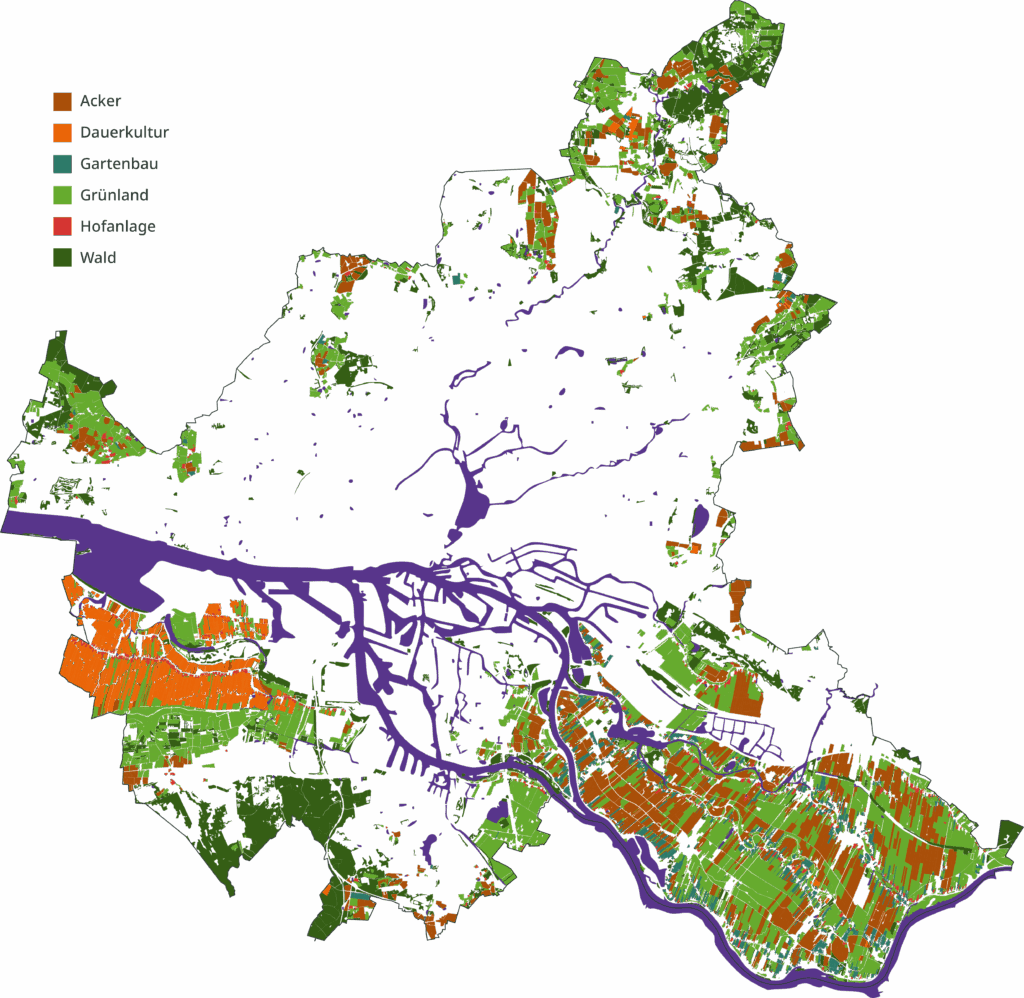
However, urban space is limited – and the demands on its use are increasing: housing needs, climate adaptation, recreation, nature conservation, agriculture and social participation are increasingly competing for space. That is why future models for urban agriculture that are geared to the special features of the urban area are in demand, which are strategically integrated into the Green Network of the Hanseatic city, improve the city-country relationship and supply the metropolis with fresh food and cut flowers, ornamental plants, perennials, trees and shrubs as well as horticultural services.
With the “Future Agrar+ 2045” process launched in 2025, BUKEA is pursuing the goal of making Hamburg’s agricultural and food system fit for the future and sustainable. Building on the Agricultural Policy Concept 2025, a comprehensive agricultural strategy is being developed that is closely linked to other urban strategies such as the Green Compass or the urban development strategy. Prof. Antje Stokman from the HCU is actively contributing her expertise from our research project to the strategy development and is part of the commissioned transformation team.
What are the Goals of the Innovationsareal for Urban Agriculture?
This is where our research project comes in: Together with practitioners, planners, authorities, farmers and civil society initiatives, three different usage scenarios are being developed – from extensive horticulture to yield-optimized production and socially oriented forms of urban gardening. The Innovationsareal will thus become a laboratory and platform for the agriculture of tomorrow – regional, social, economic, ecological and sustainable.
In the long term, a guideline for the implementation of productive parks will be created – as a basis for further open space planning in the New Garden City Öjendorf (NGÖ) and in Hamburg, with the aim of making innovative, socio-ecological and economically viable urban development models transferable to other cities and internationally.
Subscribe to our newsletter and stay
up to date on current events.
